298ci L-Head Inline 8-Cylinder Engine 125bhp at 4,000rpm Single Carburetor 3-Speed Manual Transmission Leaf Spring Suspension 4-Wheel Drum Brakes *From the collection of Mr. Bob Randolph. *Elegant Convertible Sedan coachwork *Beautifully presented inside and out *Innovative front-wheel-drive chassis *Full CCCA Classic THE FRONT DRIVE L-29 Errett Lobban Cord introduced the L-29 in 1929 as a gap-filling model priced between his Cord Corporation's Auburn and Duesenberg lines, the latter being totally redesigned that year. Powered by a straight-eight 'flat head' engine built by Lycoming – another one of Cord's companies – the L-29 featured front-wheel drive, then much in vogue at Indianapolis. An avid race fan, Cord had been impressed by the performance of the Harry Miller-designed front-wheel-drive Junior 8 Special, and in 1926 purchased the passenger-car rights to Miller's fwd designs. Cornelius Van Ranst was hired to assist with development, and by November 1927 the first prototype was ready for testing and assessment by Fred Duesenberg, Cord's Chief Engineer. Staff designer Al Leamy contributed the stylish coachwork, which was underpinned by Van Ranst's X-braced chassis frame – the world's first. Production of the new car, now dubbed 'L-29', commenced at the Auburn, Indiana plant in April 1929 with a two-day press launch in June. The advantages conferred by the L-29's front-wheel-drive layout, chiefly, a low center of gravity and increased passenger space, were immediately apparent; while the freedom its low-slung frame gave coachbuilders meant that the Cord was soon attracting the attention of master craftsmen on both sides of the Atlantic. Indeed, many connoisseurs consider the L-29 to be the most stylish American car of the period. The L-29 was offered initially in Sedan, Brougham, Convertible Coupé and Phaeton versions, at prices ranging from $3,095 to $3,295. Unfortunately for Cord, just as his new baby was reaching dealers' showrooms the Wall Street Crash of October 1929 blew away a huge proportion of his intended clientele. Despite a program of price cuts, sales never took off and the world's first practical front-wheel-drive production car was discontinued in 1932. Including cars supplied in chassis form to independent coachbuilders, only 5,010 L-29s were built, of which it is thought that around 300 of all types exist today. THE MOTORCAR OFFERED According to records from the Auburn Cord Duesenberg Club, this particular L-29 was manufactured in 1930 and was bodied as a convertible sedan by the Limousine Body Company and painted emerald green. Unfortunately, the grander early history remains unknown. In 1977 the car appeared in Oklahoma and was owned by a Mr. William F. McDuff Junior. According to documents from Robert Randolph in the Cord's history file, he met Mr. McDuff at the prewar swap meet in Chickasha, Oklahoma and was asked if he would be interested in a Cord. Mr. Randolph made an appointment to go see the Cord at Mr. McDuff's shop. At this stage, the car had been disassembled in preparation for a restoration project and putting it back together would've been too large of cost to bear for its owner. After agreeing on a price, Mr. Randolph purchased the car and returned it to Colorado. The restoration of this car was entrusted to a local shop run by Rick Babb and Tim Stadler. This was a very comprehensive restoration as much of the wood in the body needed replacement and all mechanical systems were gone through. It was decided to paint the car to a color scheme of red with maroon fenders and tan top. The car was completed and on the road in 1997. This delightful Cord would remain with Mr. Randolph until his passing. It was carefully maintained and driven on local tours in the Denver area. Today, the car presents very well and the restoration that was completed over 20 years ago has held up remarkably well. The L29 Cord is one of the iconic American car designs from the prewar period. Few other cars built in that
298ci L-Head Inline 8-Cylinder Engine 125bhp at 4,000rpm Single Carburetor 3-Speed Manual Transmission Leaf Spring Suspension 4-Wheel Drum Brakes *From the collection of Mr. Bob Randolph. *Elegant Convertible Sedan coachwork *Beautifully presented inside and out *Innovative front-wheel-drive chassis *Full CCCA Classic THE FRONT DRIVE L-29 Errett Lobban Cord introduced the L-29 in 1929 as a gap-filling model priced between his Cord Corporation's Auburn and Duesenberg lines, the latter being totally redesigned that year. Powered by a straight-eight 'flat head' engine built by Lycoming – another one of Cord's companies – the L-29 featured front-wheel drive, then much in vogue at Indianapolis. An avid race fan, Cord had been impressed by the performance of the Harry Miller-designed front-wheel-drive Junior 8 Special, and in 1926 purchased the passenger-car rights to Miller's fwd designs. Cornelius Van Ranst was hired to assist with development, and by November 1927 the first prototype was ready for testing and assessment by Fred Duesenberg, Cord's Chief Engineer. Staff designer Al Leamy contributed the stylish coachwork, which was underpinned by Van Ranst's X-braced chassis frame – the world's first. Production of the new car, now dubbed 'L-29', commenced at the Auburn, Indiana plant in April 1929 with a two-day press launch in June. The advantages conferred by the L-29's front-wheel-drive layout, chiefly, a low center of gravity and increased passenger space, were immediately apparent; while the freedom its low-slung frame gave coachbuilders meant that the Cord was soon attracting the attention of master craftsmen on both sides of the Atlantic. Indeed, many connoisseurs consider the L-29 to be the most stylish American car of the period. The L-29 was offered initially in Sedan, Brougham, Convertible Coupé and Phaeton versions, at prices ranging from $3,095 to $3,295. Unfortunately for Cord, just as his new baby was reaching dealers' showrooms the Wall Street Crash of October 1929 blew away a huge proportion of his intended clientele. Despite a program of price cuts, sales never took off and the world's first practical front-wheel-drive production car was discontinued in 1932. Including cars supplied in chassis form to independent coachbuilders, only 5,010 L-29s were built, of which it is thought that around 300 of all types exist today. THE MOTORCAR OFFERED According to records from the Auburn Cord Duesenberg Club, this particular L-29 was manufactured in 1930 and was bodied as a convertible sedan by the Limousine Body Company and painted emerald green. Unfortunately, the grander early history remains unknown. In 1977 the car appeared in Oklahoma and was owned by a Mr. William F. McDuff Junior. According to documents from Robert Randolph in the Cord's history file, he met Mr. McDuff at the prewar swap meet in Chickasha, Oklahoma and was asked if he would be interested in a Cord. Mr. Randolph made an appointment to go see the Cord at Mr. McDuff's shop. At this stage, the car had been disassembled in preparation for a restoration project and putting it back together would've been too large of cost to bear for its owner. After agreeing on a price, Mr. Randolph purchased the car and returned it to Colorado. The restoration of this car was entrusted to a local shop run by Rick Babb and Tim Stadler. This was a very comprehensive restoration as much of the wood in the body needed replacement and all mechanical systems were gone through. It was decided to paint the car to a color scheme of red with maroon fenders and tan top. The car was completed and on the road in 1997. This delightful Cord would remain with Mr. Randolph until his passing. It was carefully maintained and driven on local tours in the Denver area. Today, the car presents very well and the restoration that was completed over 20 years ago has held up remarkably well. The L29 Cord is one of the iconic American car designs from the prewar period. Few other cars built in that
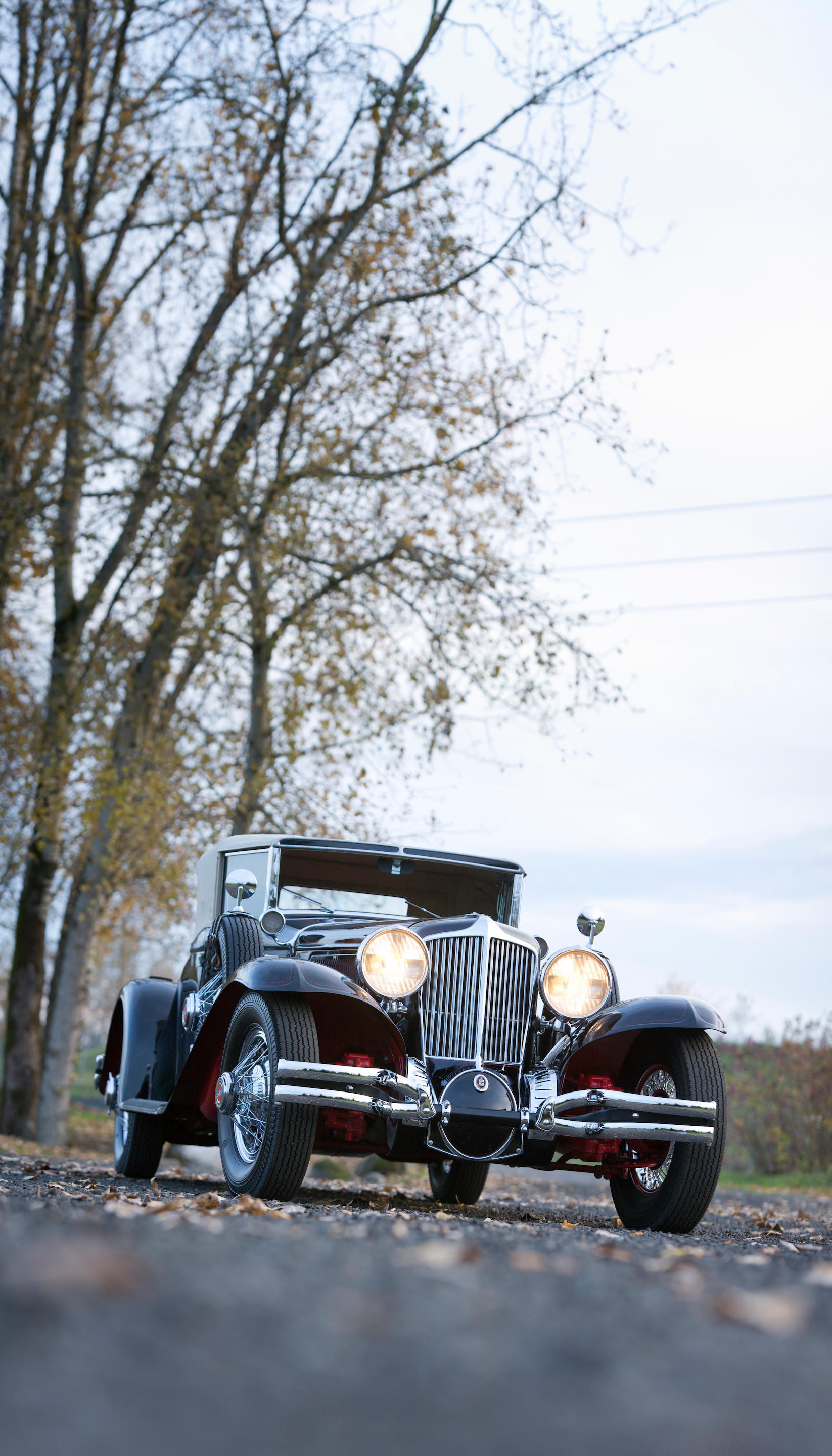
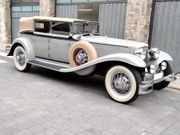
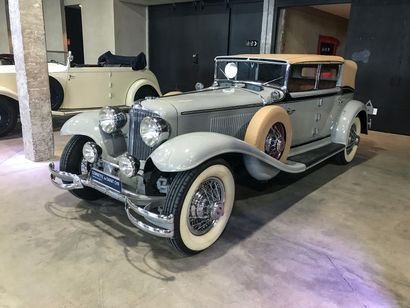
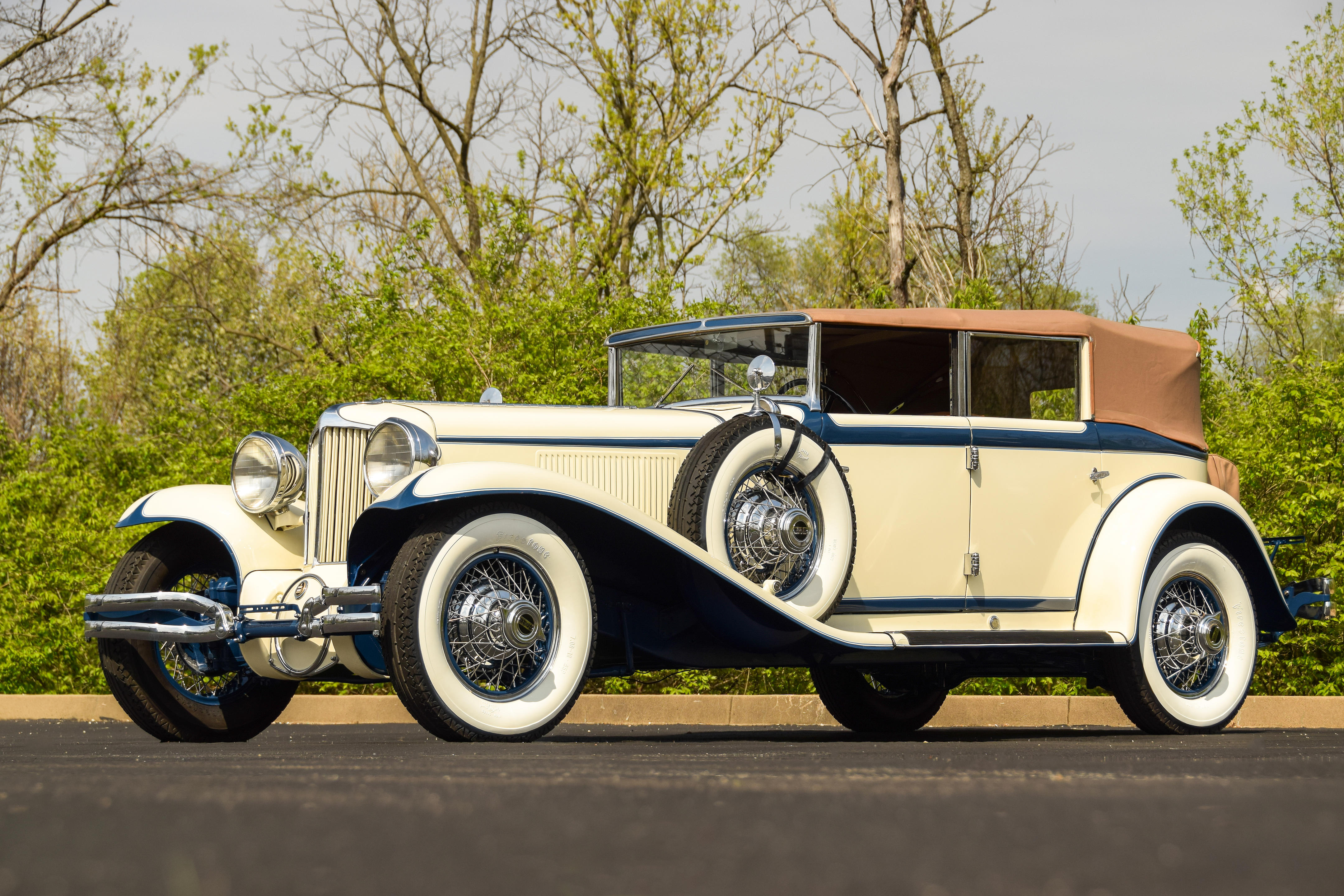
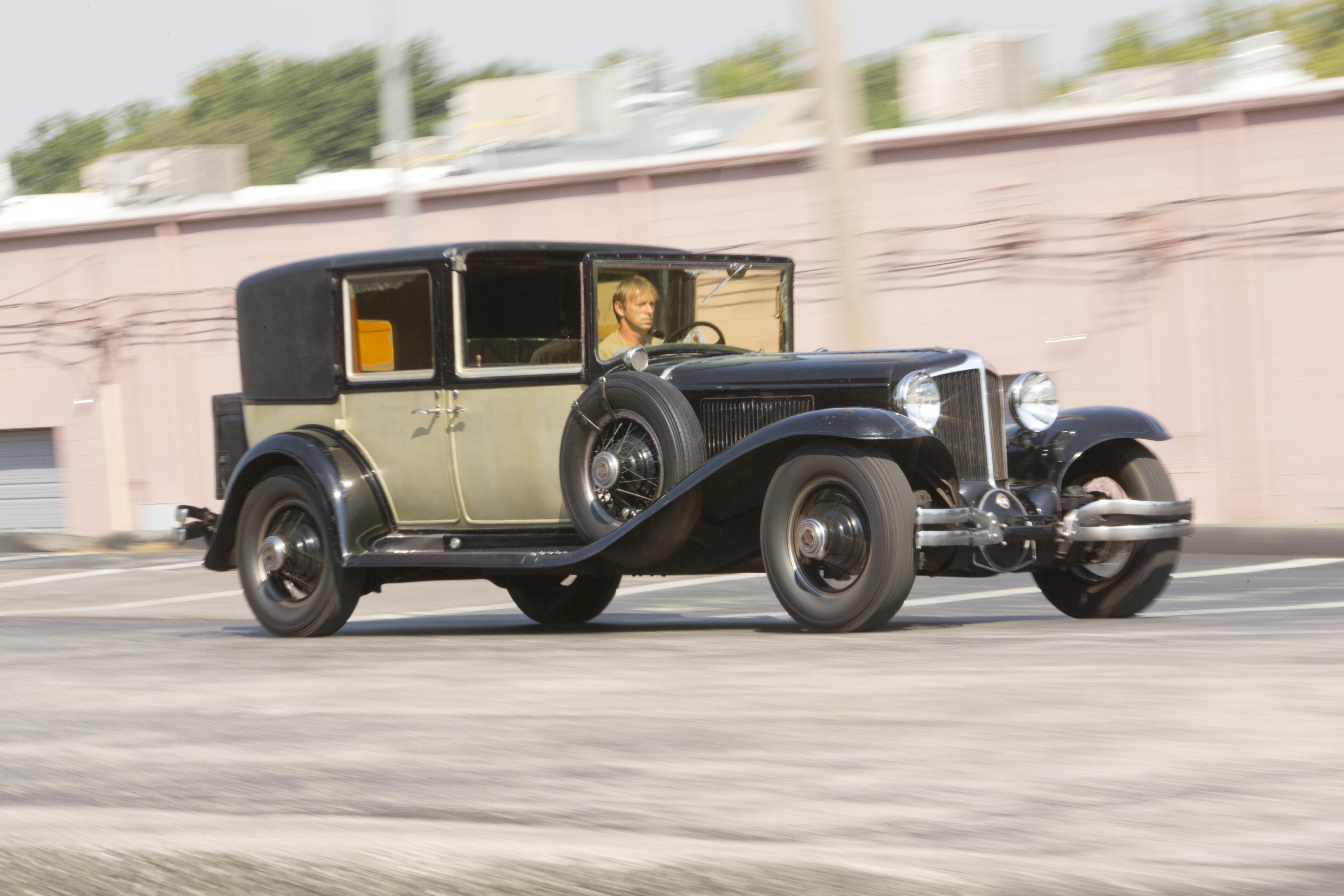
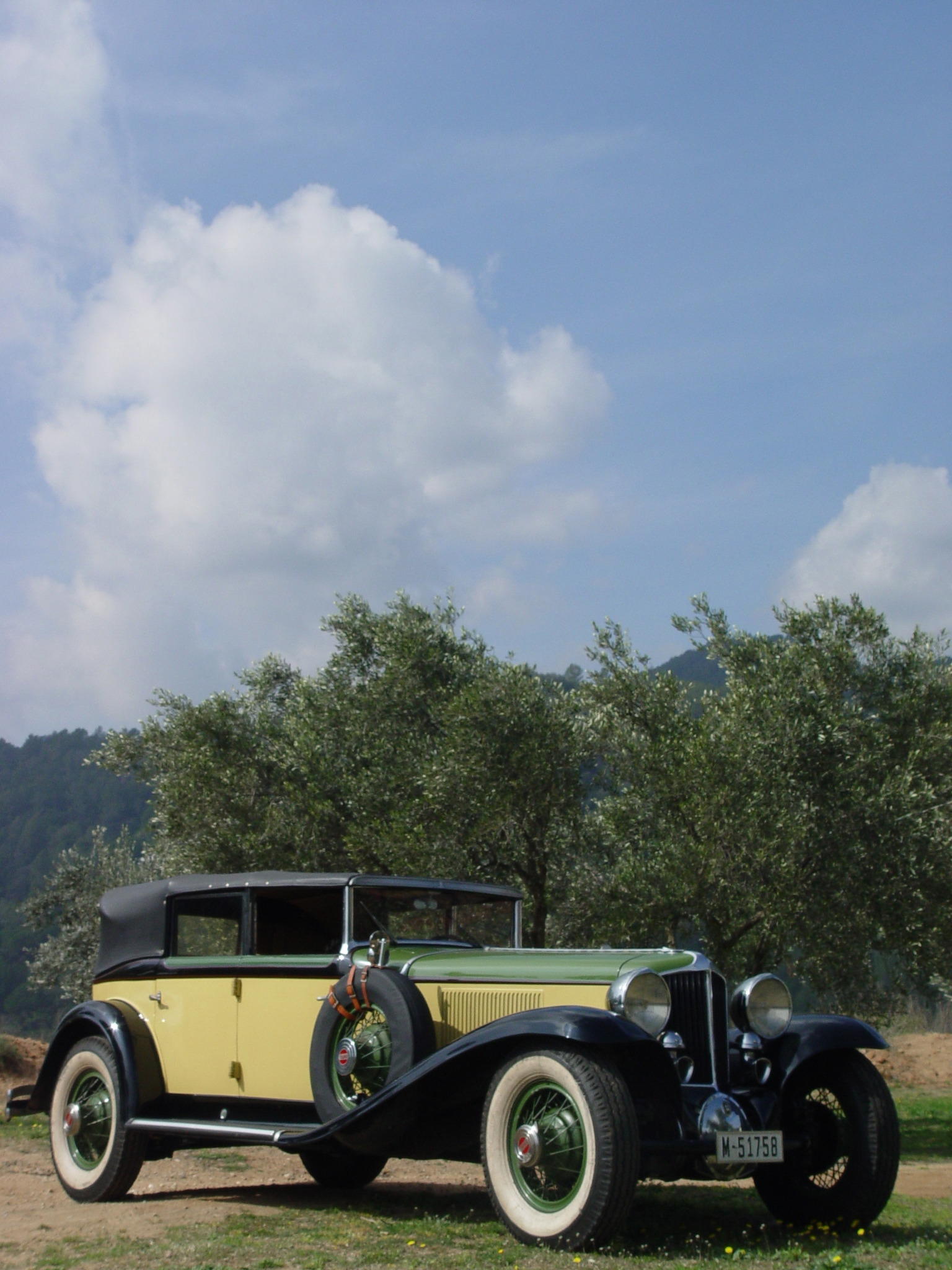
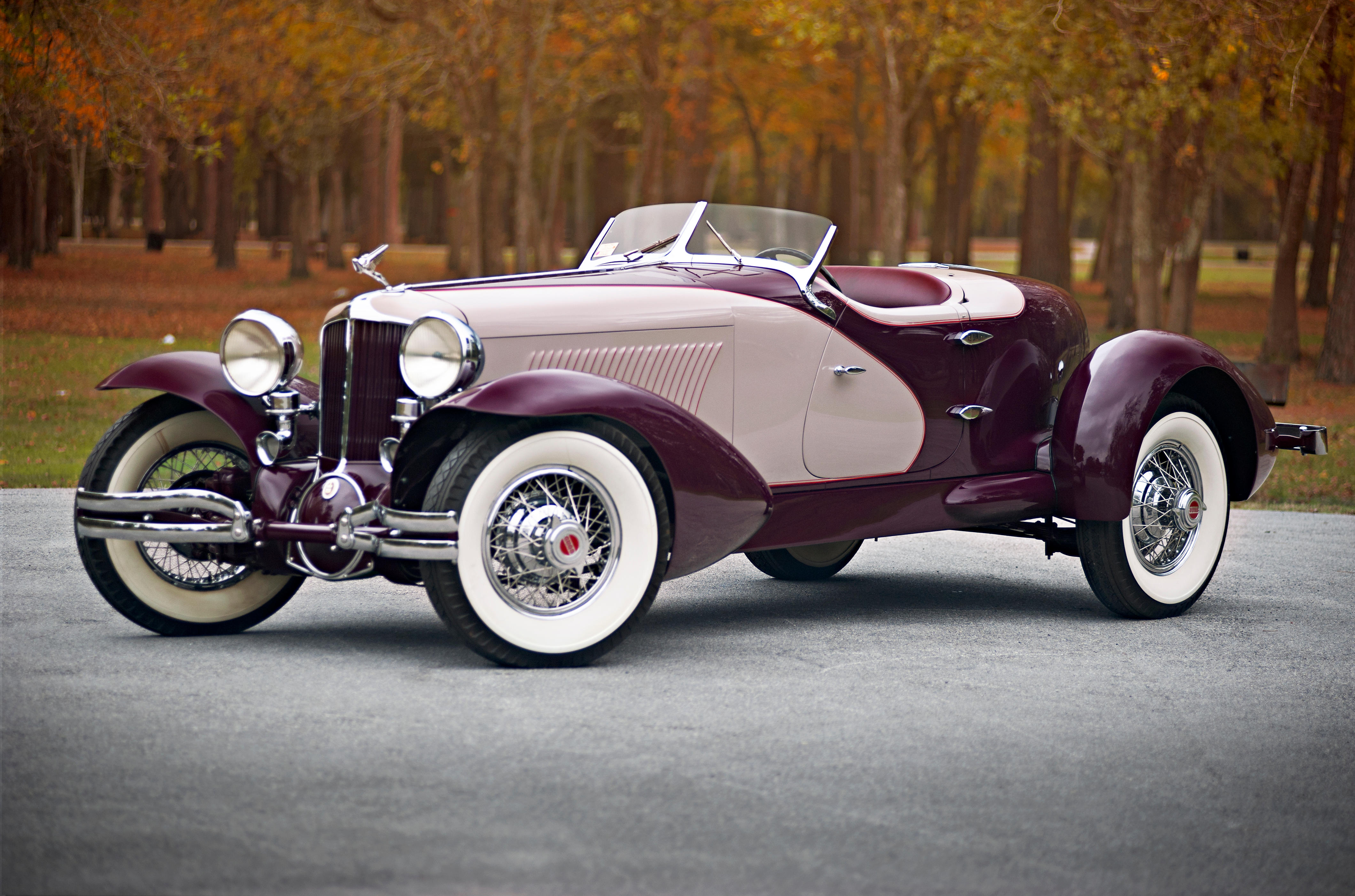


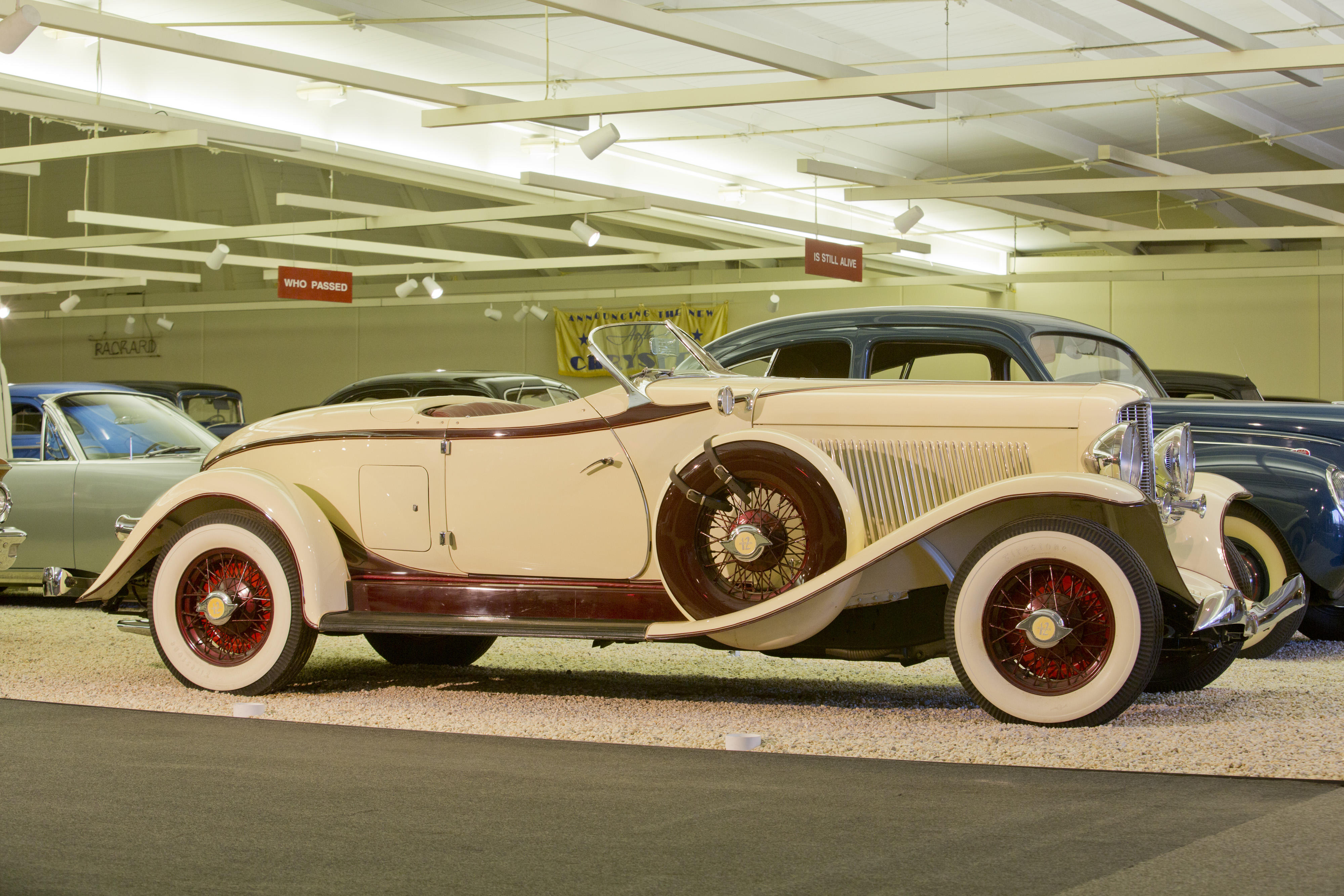
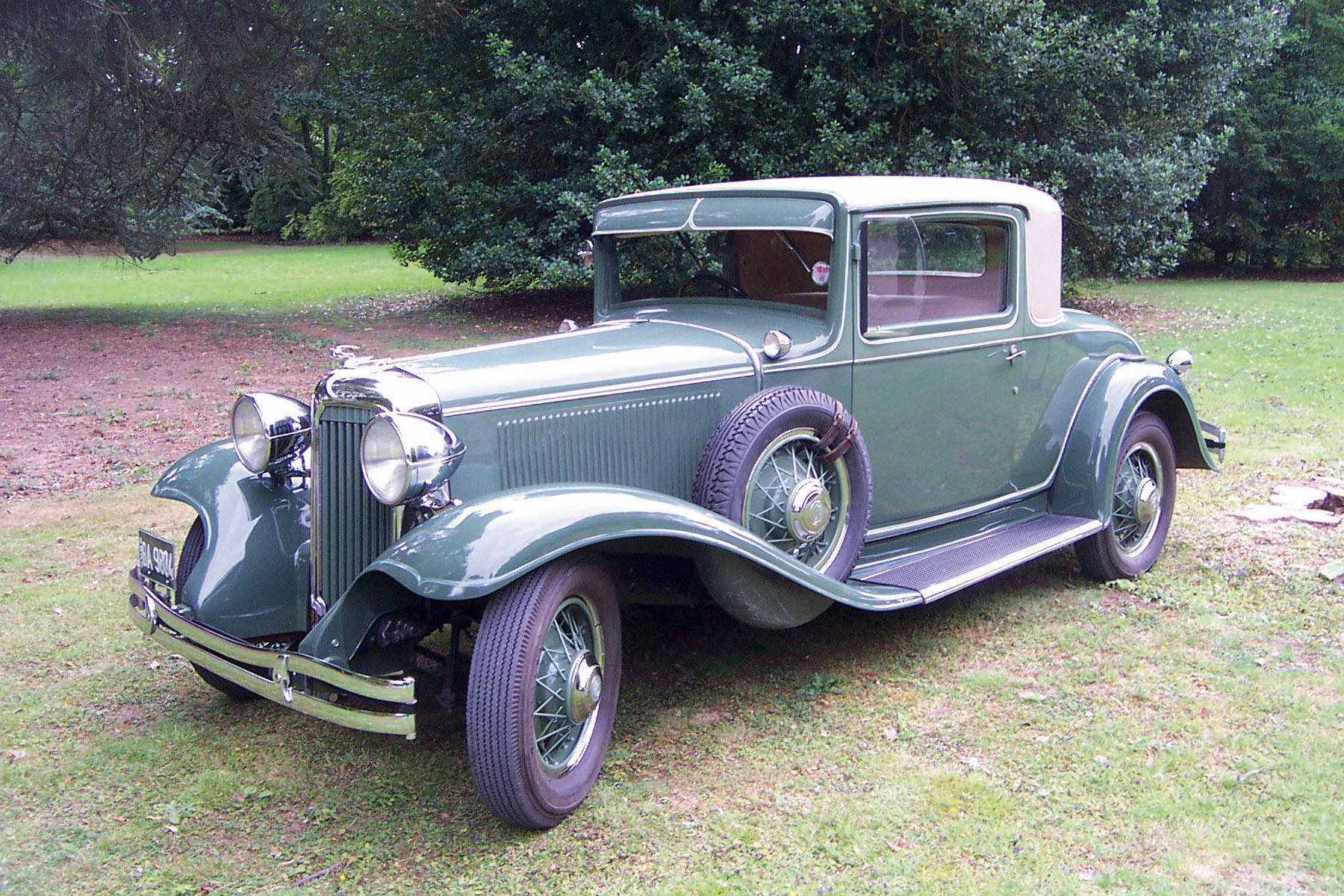
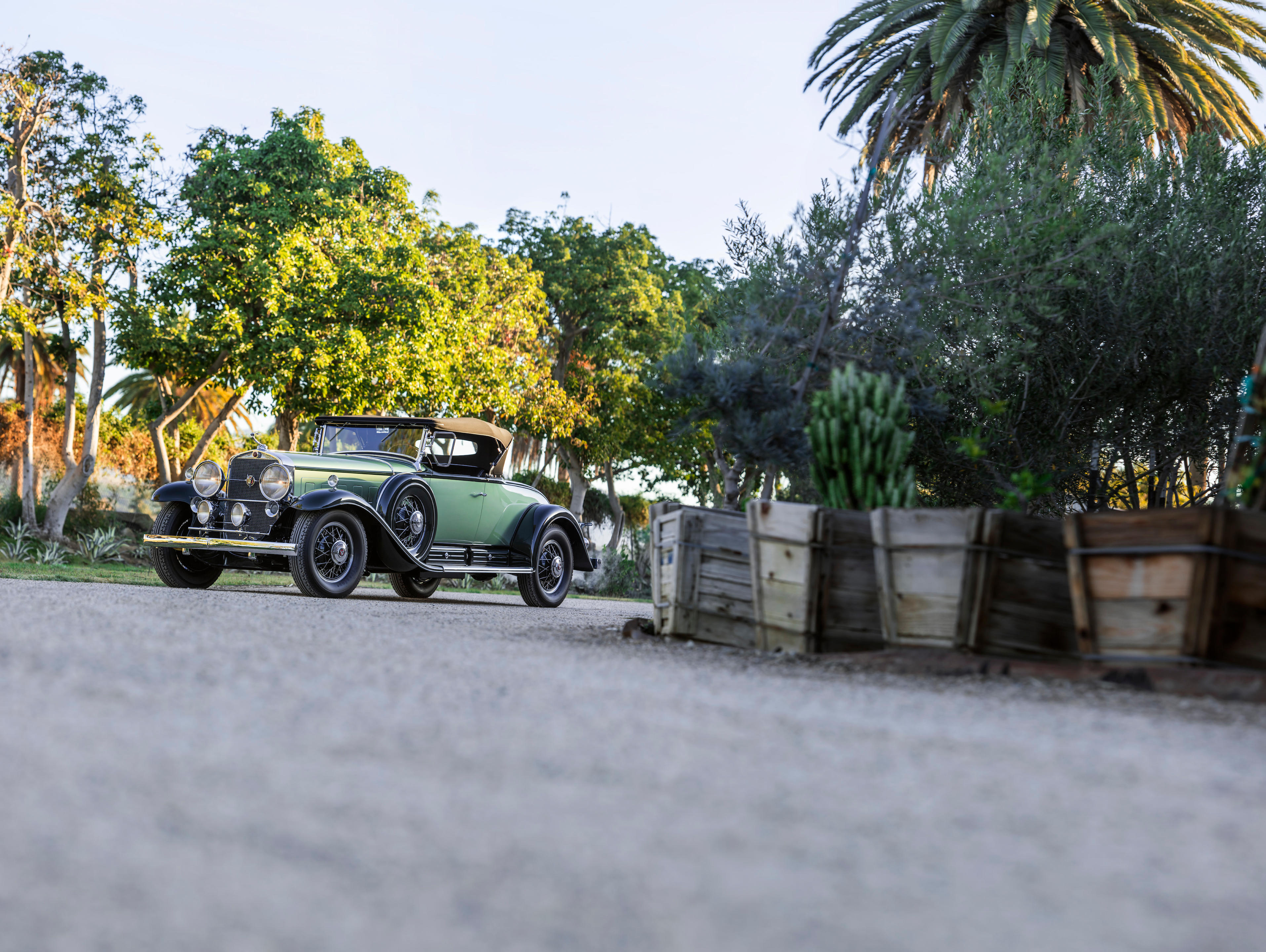
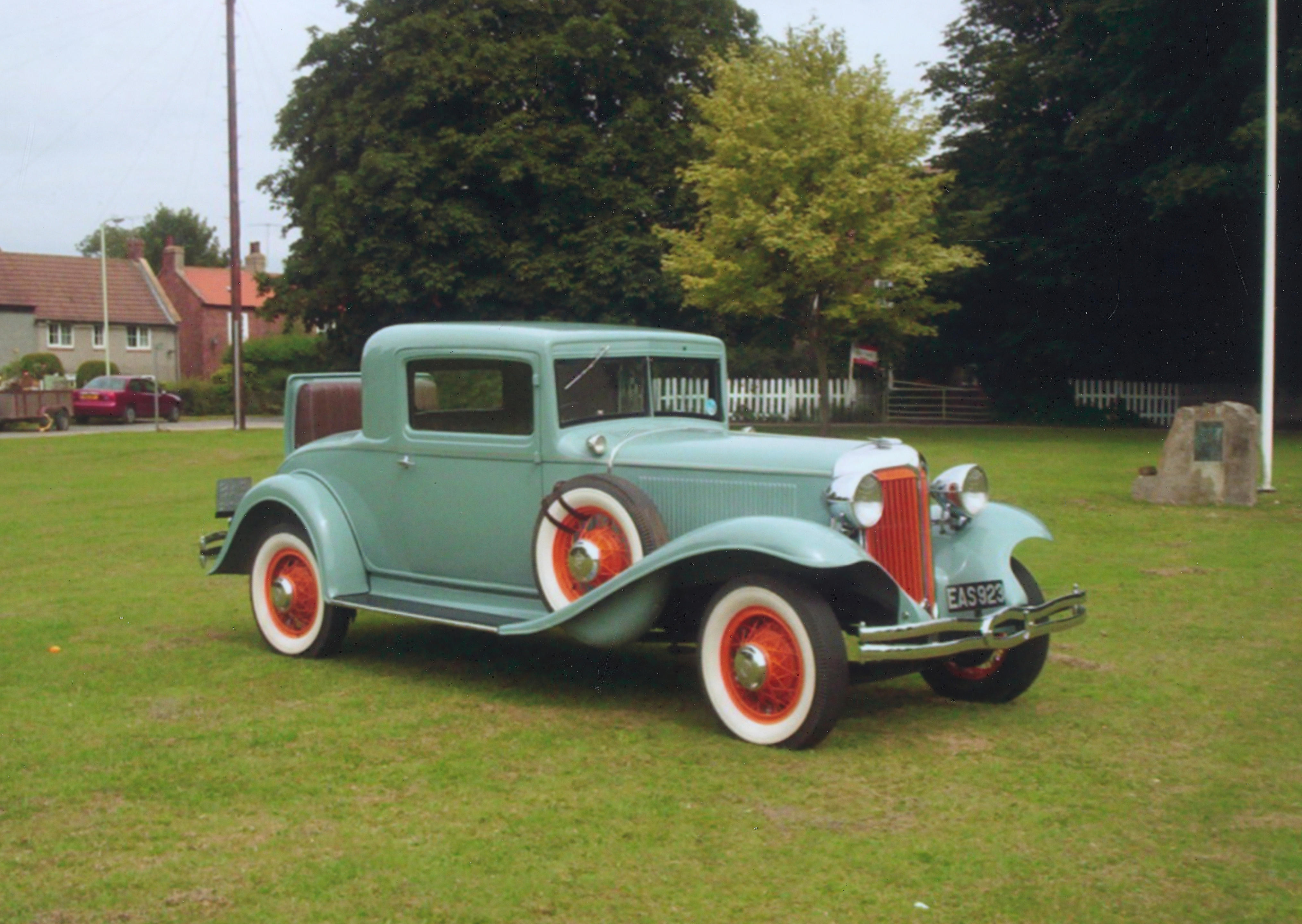

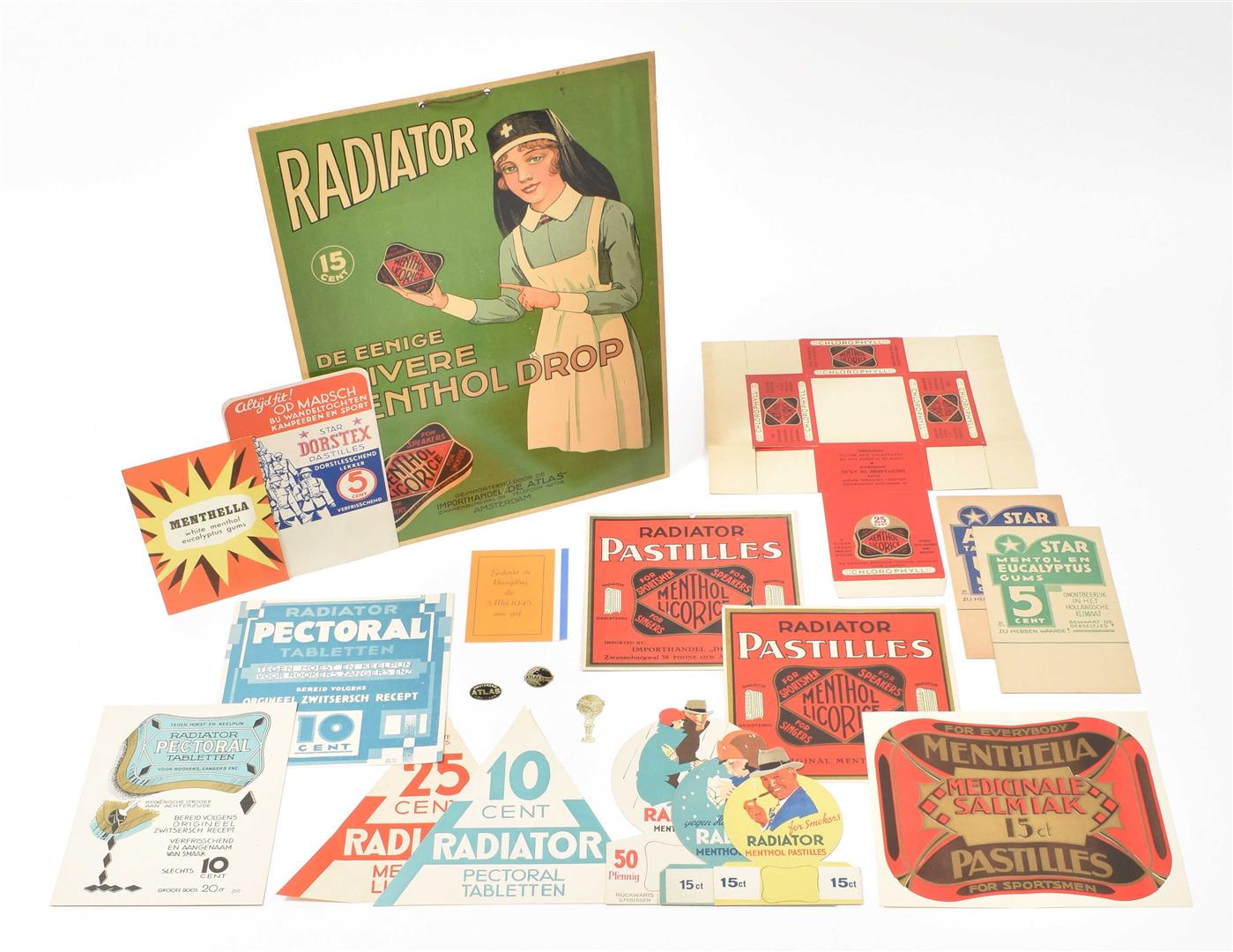
Try LotSearch and its premium features for 7 days - without any costs!
Be notified automatically about new items in upcoming auctions.
Create an alert